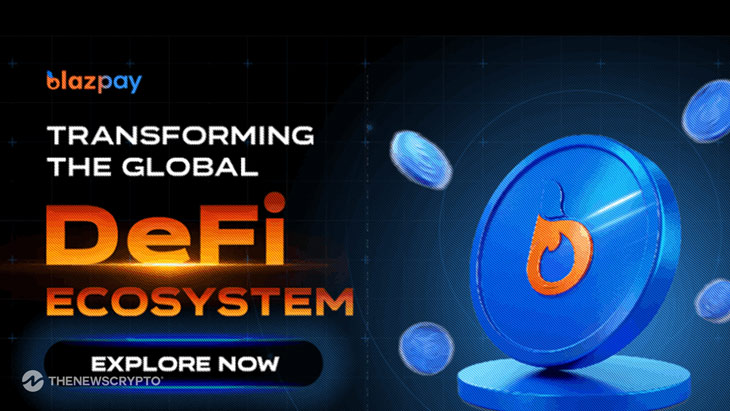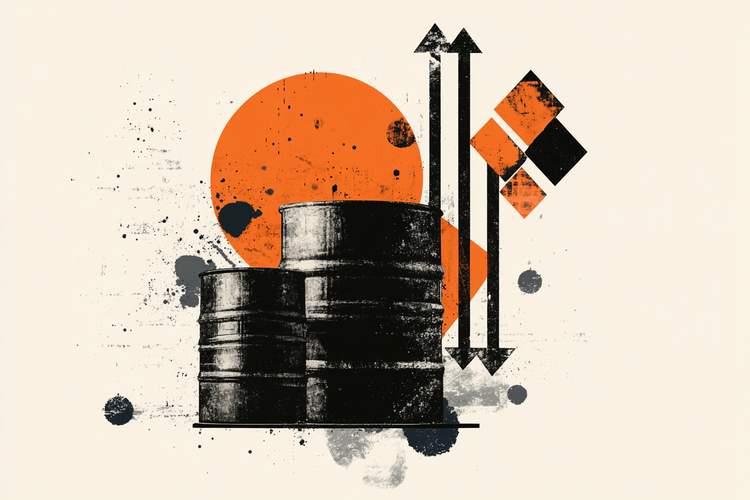Near’s emission vote misses threshold, triggering governance crisis


NEAR Protocol, the Layer 1 blockchain, is facing a major disagreement amongst its community members over inflation reduction.
The community is divided about how many new NEAR tokens should be printed every year. For months, people in the community have been talking about cutting the network’s inflation rate from 5% to 2.5%.
The goal was to balance NEAR token emissions with generated fees.
Near is operating at a loss
At the moment, the NEAR Protocol pays around $140 million worth of tokens annually to the network validators. But this amount does not make sense compared to NEAR’s total value locked (TVL) and generated revenue.
The protocol has around $162 million in total value locked (TVL). To make things worse, NEAR Protocol has a lifetime revenue of only $17 million since its inception in 2020. The protocol generated $259,116 in revenue in the last 30 days based on DeFiLlama data. Securing the network is expensive compared to the generated revenue.
That’s why the community is trying to fix this issue. They voted on reducing the inflation rate from 5% to 2.5%. More than 50% of voters said yes, but that’s not enough. The voting result should hit a supermajority, which is 66.67% or more. This is part of the protocol’s required rules to count the proposal as an official change. The vote has technically failed to reduce NEAR’s inflation.
Devs might cut NEAR emission
Some of NEAR’s core developers are hinting that they might still include the emission cut in the next software update anyway.
A validator group called Chorus One called that out, saying it’s basically breaking the rules. They wrote on X, “We believe this sets a dangerous precedent and undermines the integrity of NEAR. It gives the impression that decisions can be unilaterally enforced by the core team.” To prevent this scenario, Chorus One believes that NEAR validators must be careful about the changes implemented before installing the next software upgrade.
Meanwhile, Louis Thomazeau from L1D Fund defended the idea. He says cutting NEAR’s inflation is just “common sense” and that the token shouldn’t stick to rules so hard it hurts the project.
Now the whole community is split. Some people say NEAR has to follow its own governance system because if it doesn’t, the rules stop meaning anything. Others say the protocol should just do what’s best for survival, even if it bends the rules a little.
In the past, other well-known projects experienced similar situations that caused a split between the community, validators, and devs. Such scenarios could end up in a hard fork, like Ethereum’s split in 2016 after the infamous DAO hack that exploited millions of ETH tokens.
Sometimes, enforcing a manual change could help a protocol survive. In March, a Hyperliquid trader exploited JELLY perpetuals. He basically squeezed the market and caused huge losses for the platform’s HLP vault. The Hyperliquid team delisted the JELLY perps and manually changed the oracle price to close open positions and contain losses.
NEAR is currently up by 1.5% in the past 24 hours and trades at $2.29. The token ranks #52 on CoinGecko and is up by 6.5% in the past seven days. NEAR has a market cap of $2.9 billion and a 24-hour trading volume of $101 million.
The Layer 1 network token is down by 88.8% from its all-time high of $20.44, which was recorded in mid-2022.
The smartest crypto minds already read our newsletter. Want in? Join them.




